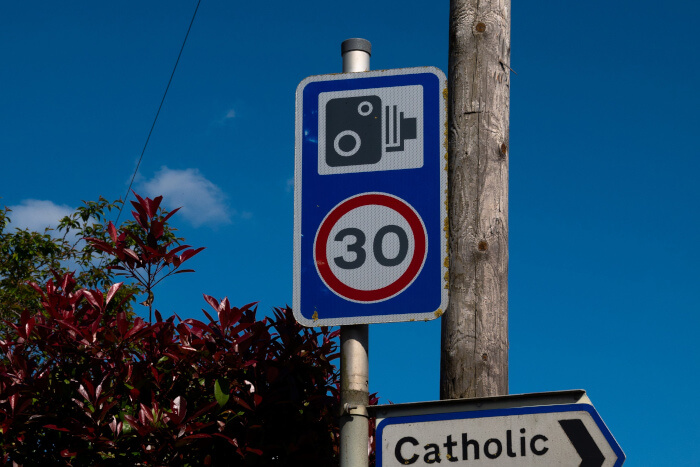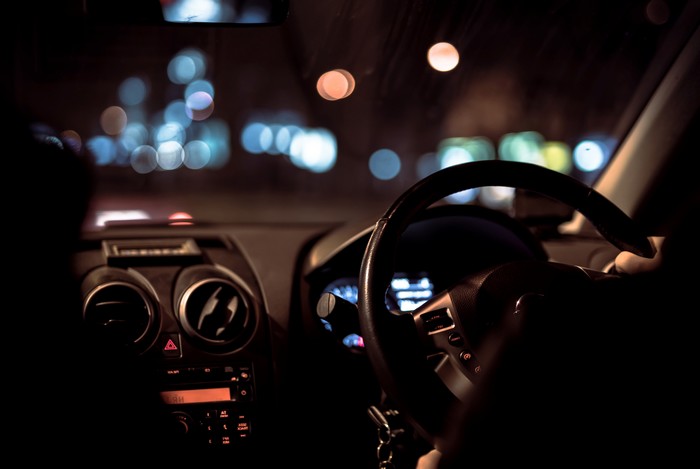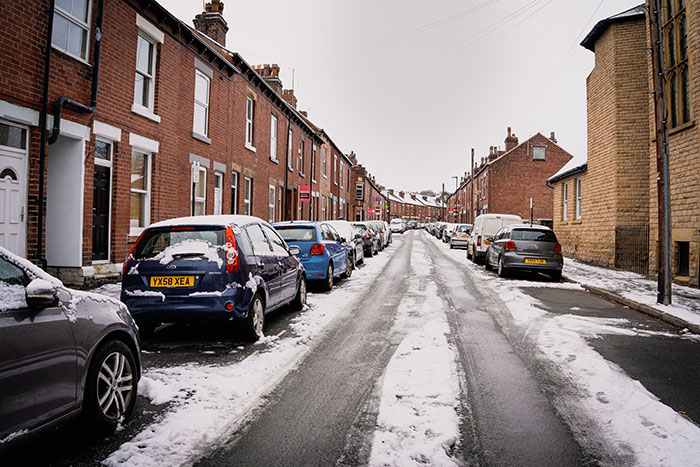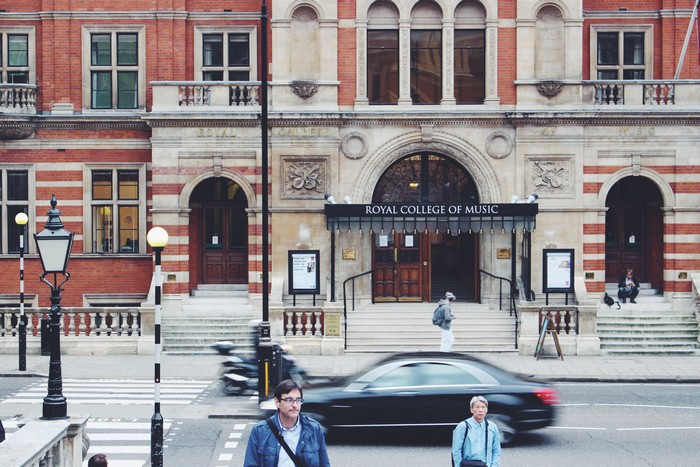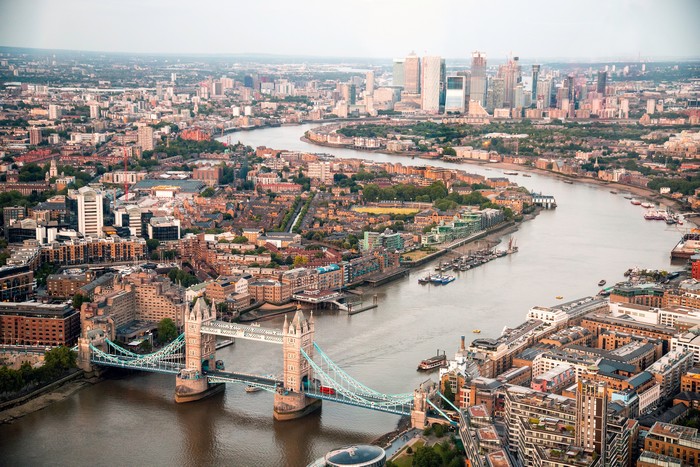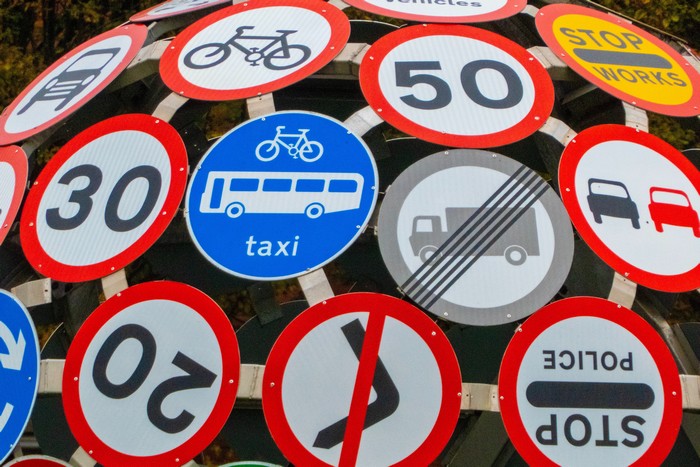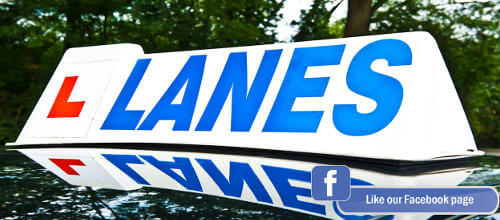Common driving offences and their punishments
With so many people spending so much time on the roads, there are bound to be common driving offences that everyone makes once in a while. However, even the minor blunders are enough to be dangerous to other drivers and members of the public, so there must be a watchful eye making sure people are using the roads safely. With this in mind, what are the most frequent offences and what are the punishments for committing them?
Driving without insurance
Driving without insurance is something that many people think they can get away with. ‘Just a quick pop to the shops’, you might think, but sooner or later it’ll come back to bite you… It is illegal to drive a vehicle on the roads or in any public place without at least third-party insurance.
The penalty for driving without insurance
Being on the roads as an uninsured driver can see the police giving you a fixed fine of £300 and 6 penalty points on your licence. However, if the case goes to court, you could get an unlimited fine and be disqualified from driving.
Speeding
Speeding is one of the most common offences, committed sometimes without even realising it. We all know the feeling of coming off a 40 mph road and not realising the decrease to 30 mph. Speeding results in accidents; the force of a 60 mph crash is four times more impactful than a 30 mph crash.
The penalties of speeding
The minimum penalty for breaking the speed limit is a £100 fine and 3 penalty points on your licence. You can go to a speed awareness course instead, with the intention of learning about the ramifications of speeding. If you fail to pay the fine, you could face a larger fine and a driving ban.
Use of a mobile phone
The use of a mobile phone while you drive is illegal, and creates a large distraction from driving safely on the road. You aren’t even allowed to be holding your device in your hand – just don’t go near it! This law applies the whole time you’re in your car, whether you’re in a traffic jam or not.
The penalty of using your phone while driving
If you passed your driving test within the last two years, you will lose your licence if you are caught on your phone while you drive a vehicle. You can get 6 penalty points and a £200 fine and, if taken to court, you could be banned from driving and get a maximum fine for £1000.
Driving under the influence
Although widely known that drug driving or drink driving is extremely dangerous, it’s unfortunately very common. Drink and drugs increase people’s confidence, and they are more likely to chance their luck. As well as putting themselves in danger, this also poses a threat to the general public.
The penalty of drink or drug driving
Drug driving could see a minimum driving ban of one year with an unlimited fine, up to six months in prison and a criminal record. Drink driving penalties consist of a six-month prison sentence, a fine, and a driving ban. If an accident causes death then a 14-month imprisonment is possible.
Careless or dangerous driving
Driving without due care and attention can result in accidents and put others in danger on the roads. This offence covers poor use of lanes, swerving and more, and is most often caused by a lack of concentration. This careless driving can lead to nasty incidents.
The penalty of careless and dangerous driving
If you are caught careless driving, you could experience a fine of £100 and three penalty points. If the case is more serious, the fine could increase to £2500 and you could have a driving ban. If the accident caused by your lack of concentration is fatal, there could be a prison sentence of five years.
Safe driving is something that takes a lot of practice, and motoring offences are all too common on our roads. If you’d like to learn to drive with precision and focus as priorities, come to Lanes School of Driving. Just give us a call on 020 8166 5678 or email us at .

